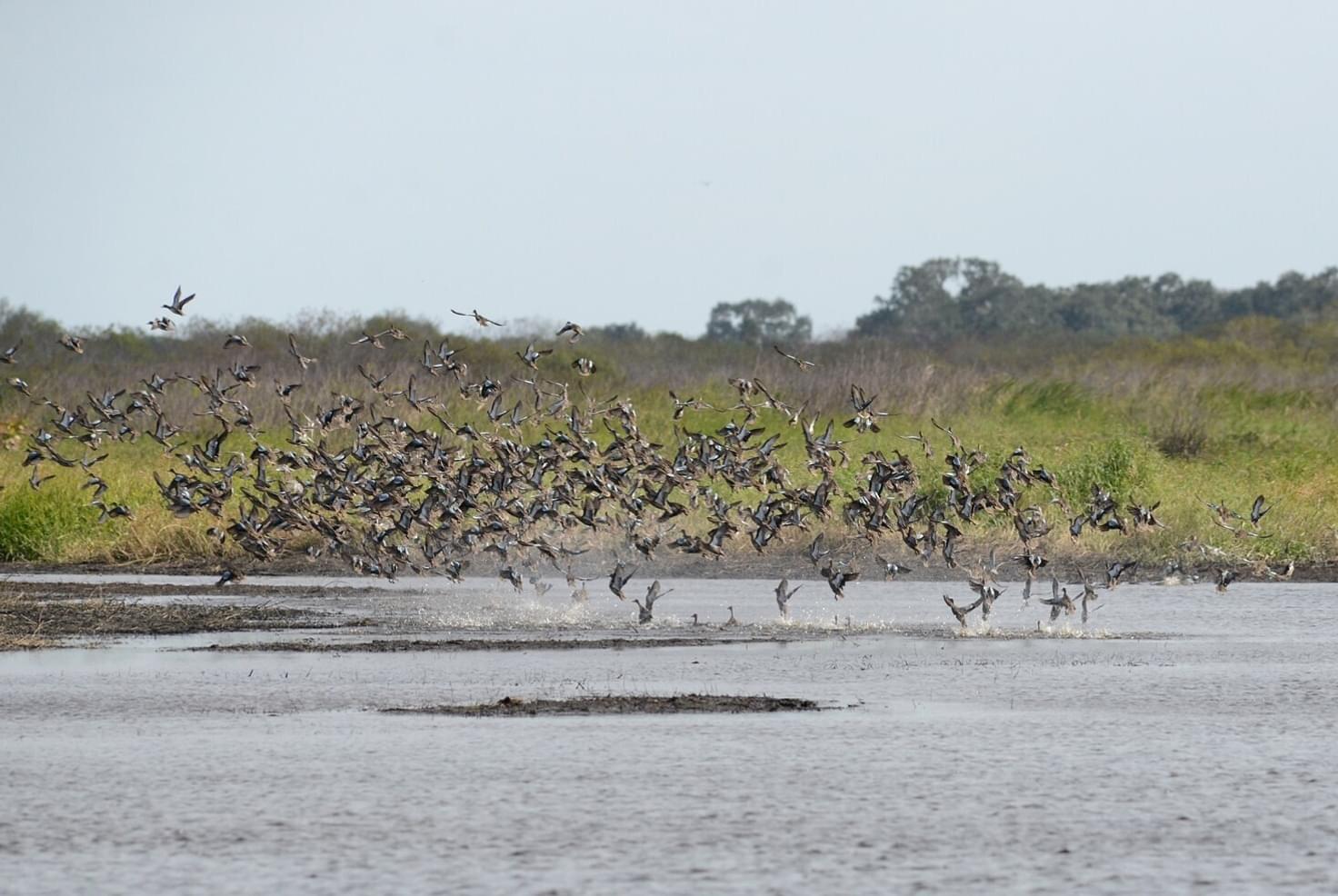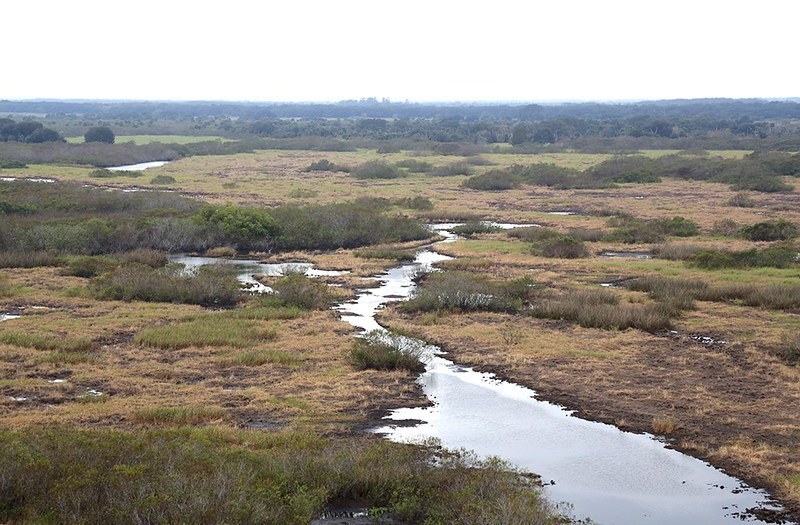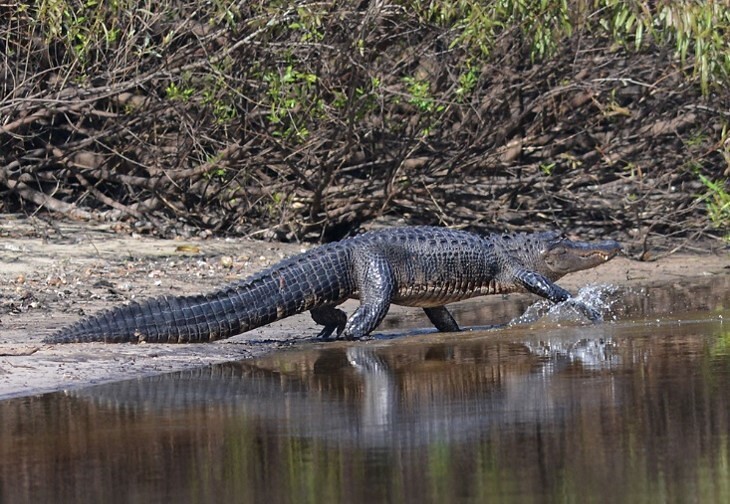
Words by Tess Becker
Most people know Central Florida as the place where theme parks are, with little thought for the surrounding area. Disney World and Universal Studios in Orlando are big draws to the area, but much of what makes Central Florida unique is owed to the Kissimmee River.
The Kissimmee River is one of the lesser-known albeit important waterways in the United States. The origin of the name is uncertain but it may be derived from a Calusa Indian word meaning ‘long water.’
The river was responsible for seasonal wetlands across nearly 100 miles of Florida, from Lake Okeechobee to the ocean, bringing life and bio-diversity. But in the 1960s, in response to hurricane fears, a project began to build a sprawling network of canals and waterways to drain the land around Kissimmee.
Within a few years of that project, animal populations plummeted. Waterfowl dropped by 90 percent, bald eagle numbers by 70 percent, and some fish, bird, and mammal species vanished. The project helped with flooding concerns in the short term but since the water moved so quickly from Lake Okeechobee through the river to the ocean the water wasn’t oxygen-rich enough and fish populations couldn’t survive.
The damage was so severe that just 30 years later the Army Corps and a variety of state, federal, and local partners united to try and fix things.

Now 20 years and $1 billion later, much of the damage has been reversed with 40 square miles of wetlands reestablished and rehydrated. Nearly half the river has been restored to its original state and animals started returning quickly, like the missing birds.
“That response was immediate and pretty impressive,” says Lawrence Glenn, director of water resources with the South Florida Water Management District.
The project involved filling in 22 miles of the canal, re-carving sections of the old river, and restoring 44 miles of the waterway’s natural meandering paths, according to the Army Corps.
“It's a triumph of imagination [and] of partnership between the federal government and the state” and other organizations coming together, says Shannon Estenoz, assistant secretary for fish and wildlife and parks with the Department of Interior.
Entire ecological systems have returned thanks to the reoxygenated water. Certain invertebrates that lay their eggs in the water have returned meaning fish like bass have returned because they have a food source, which brings the birds and waterfowl, and the cycle goes on.

The Kissimmee will become part of the National Wild and Scenic Rivers System, thanks to an act sponsored by Congressman Darren Soto, whose district is near the river, and signed into law as a part of the 2023 Consolidated Appropriations Act.
Becoming a part of the act will offer the river special protections and extra funding for future conservation work.
All that to say the river is still doing its job in protecting people from flooding, the thing the 1960s project initially set out to do, filling to the previous 100-year flood level during the 2022 Hurricane Ian.
Florida’s aquifers are also draining and projects like this offer Floridians alternatives for easily accessible water.
“This project is going to be saving water, going to be slowing it down—not only is that a benefit to wildlife, but to water management, and our ability to meet [our] water needs,” Paul Gray, science coordinator with Audubon Florida.
Check out the South Florida Water Management website if you want to see some pictures showing the progress of the river improving!